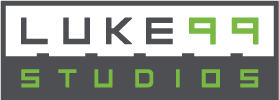Pinball Machine
Winner: Best Replica Brickworld 2019
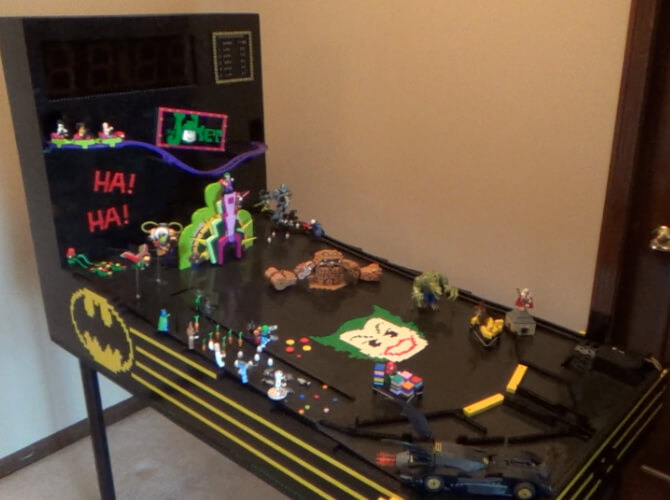
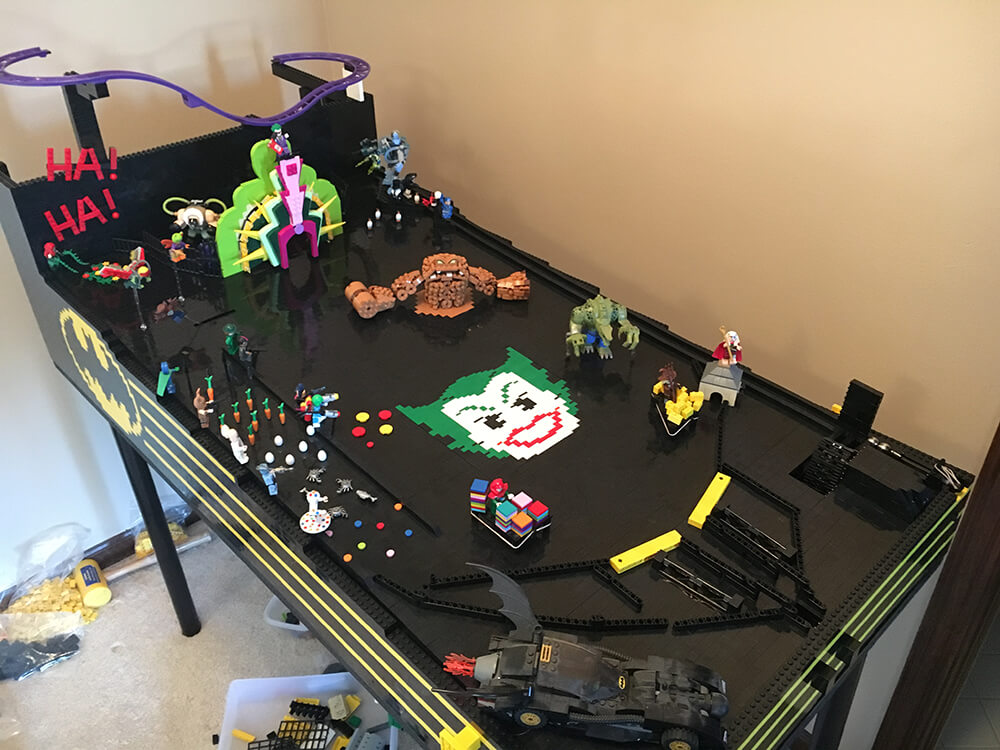
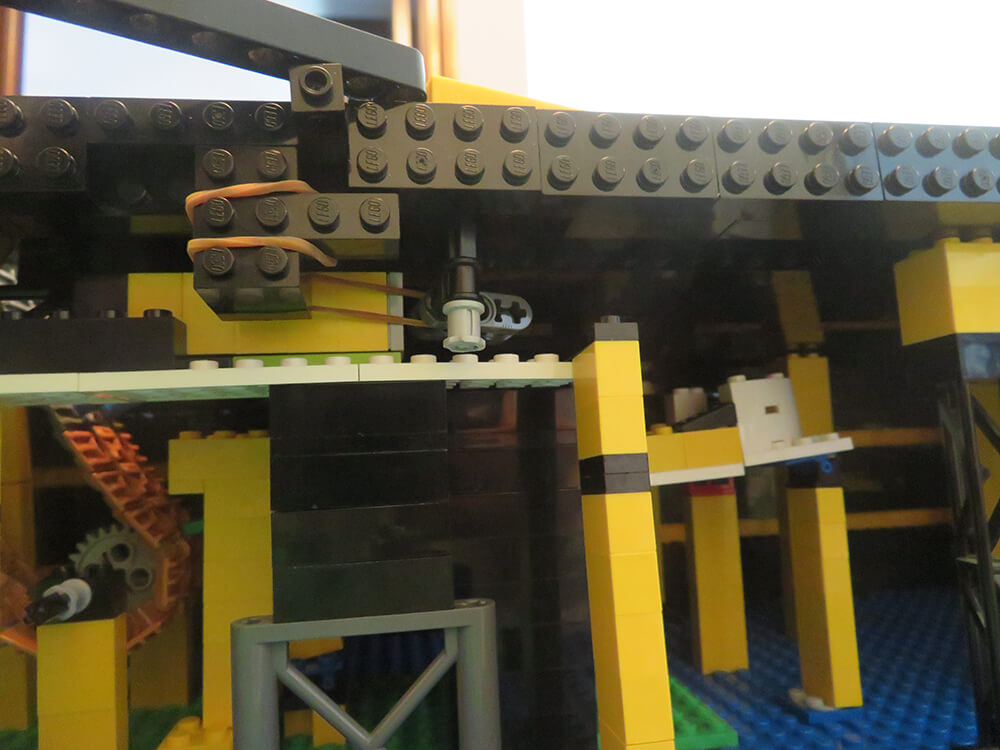
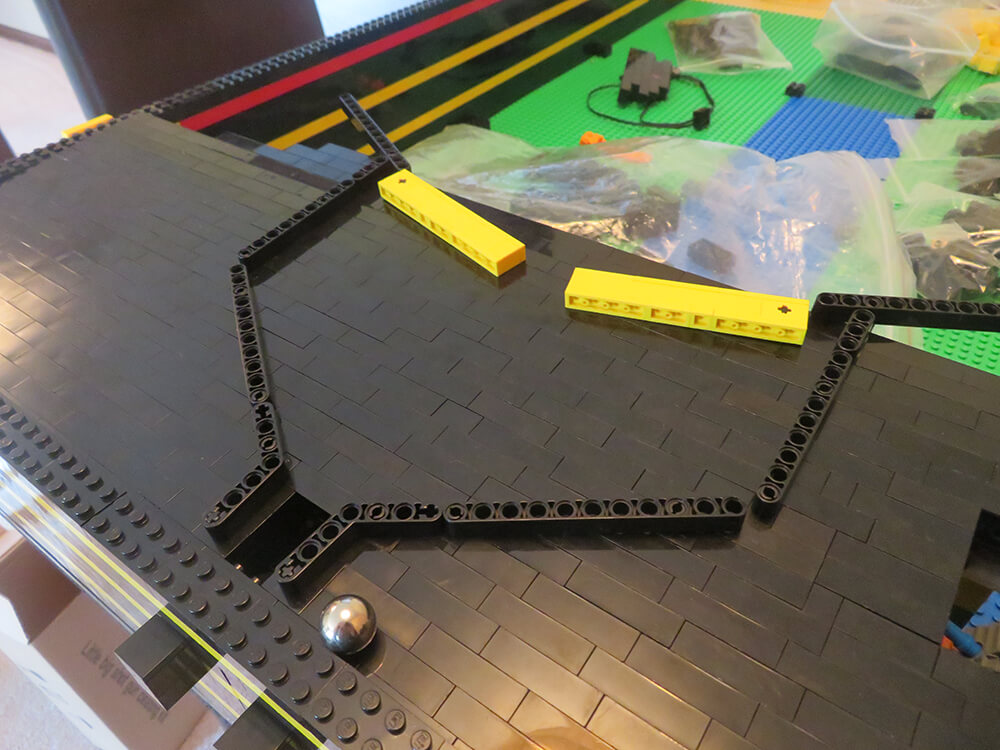
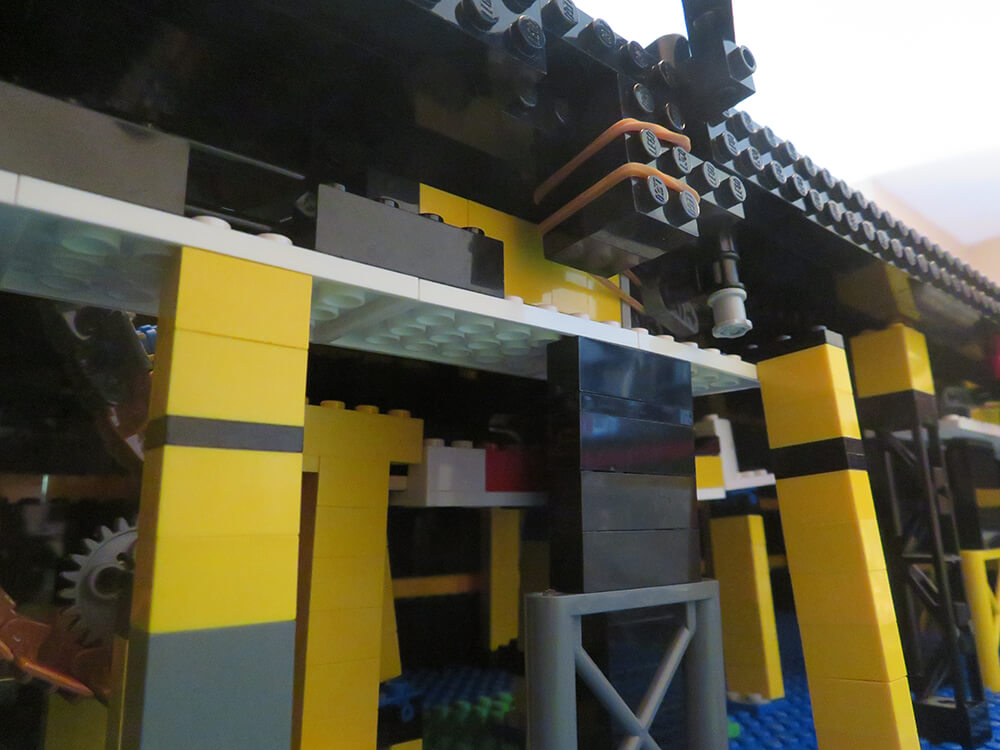
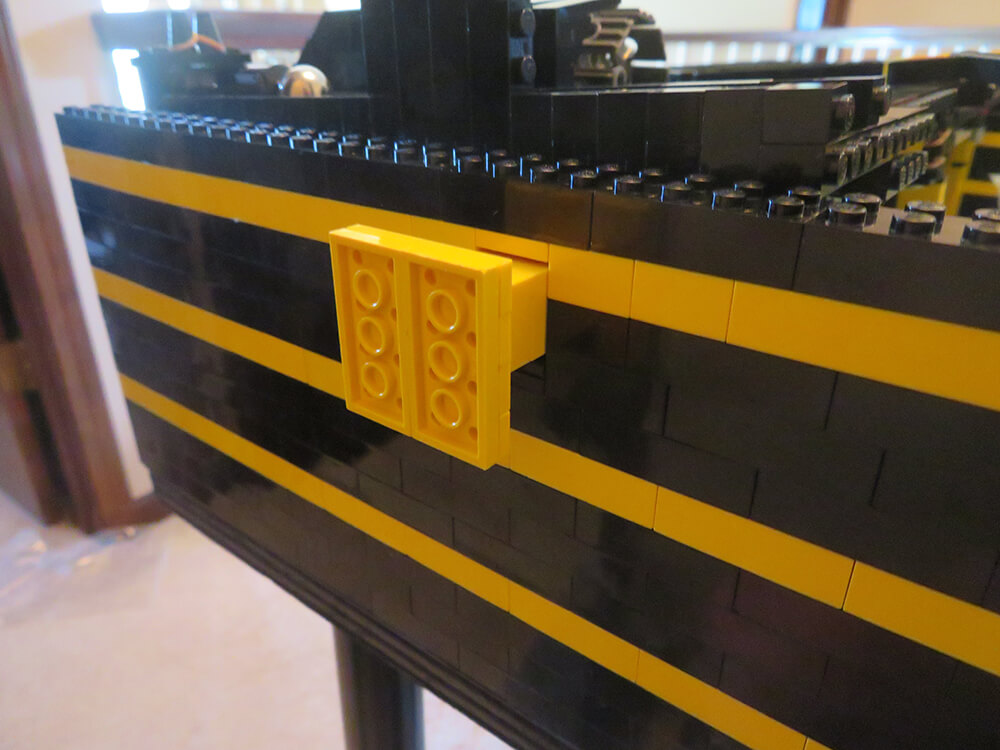
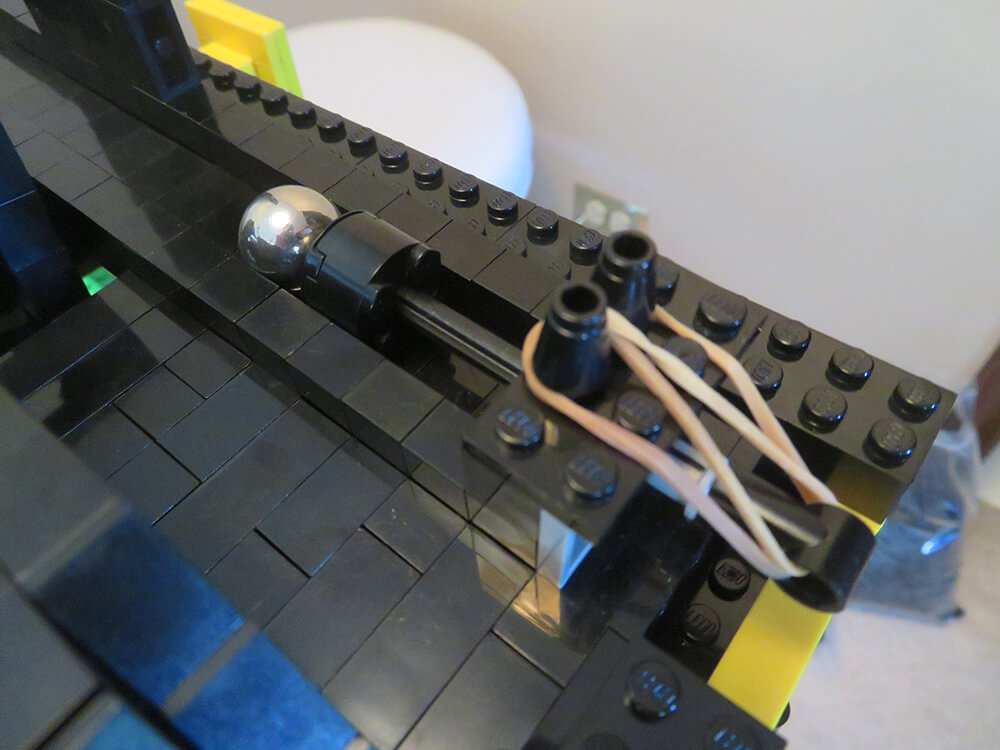
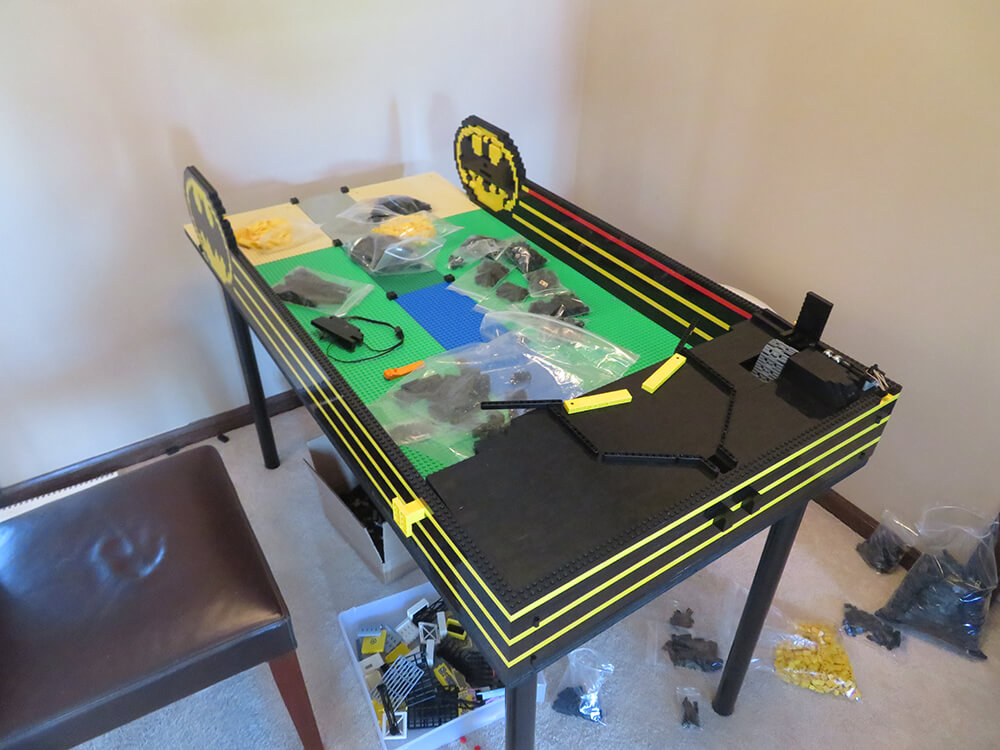
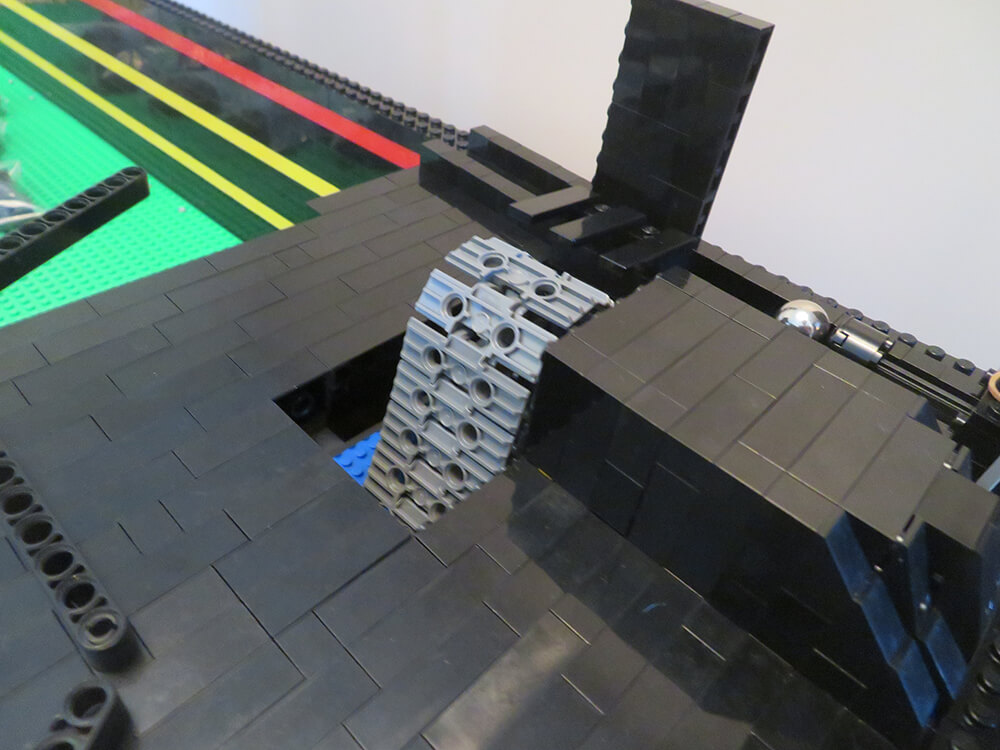
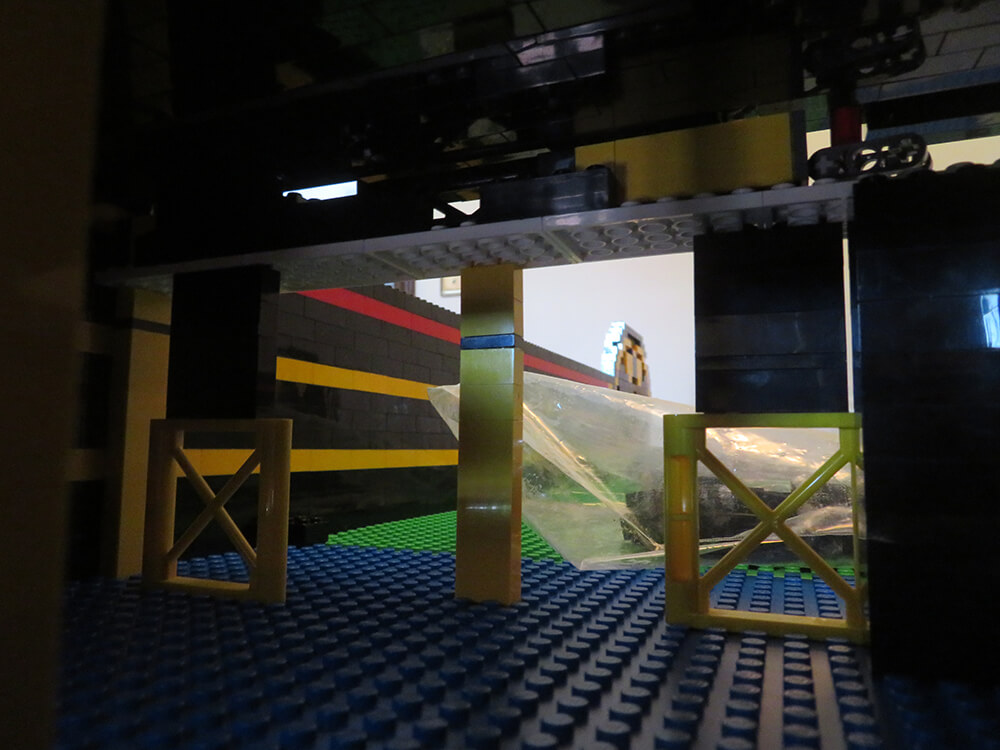
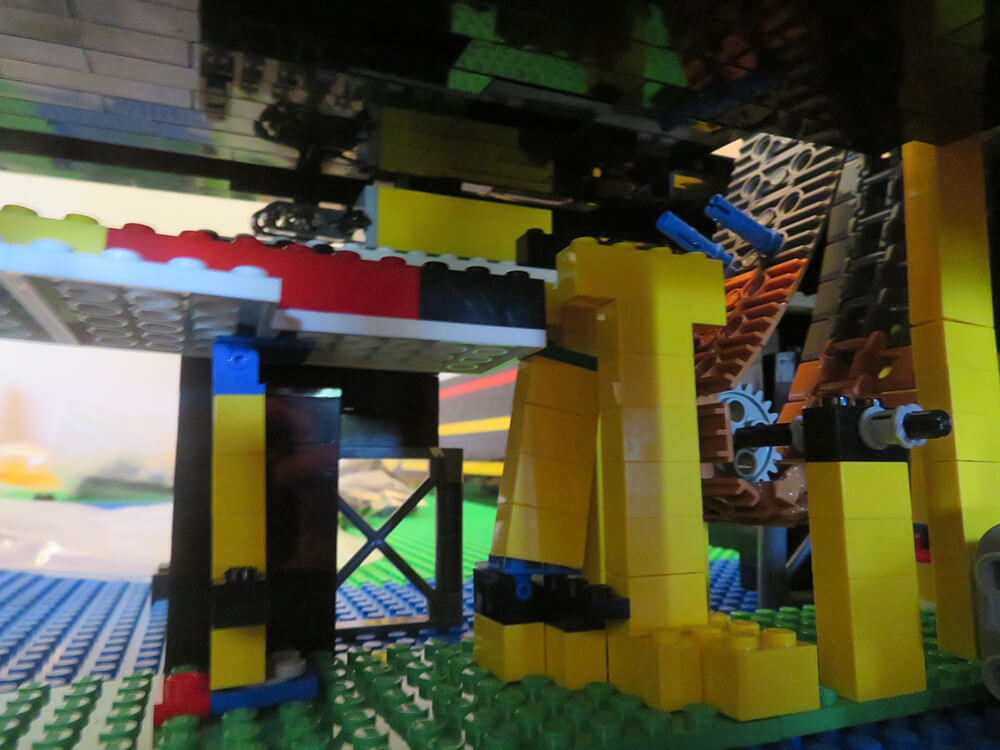
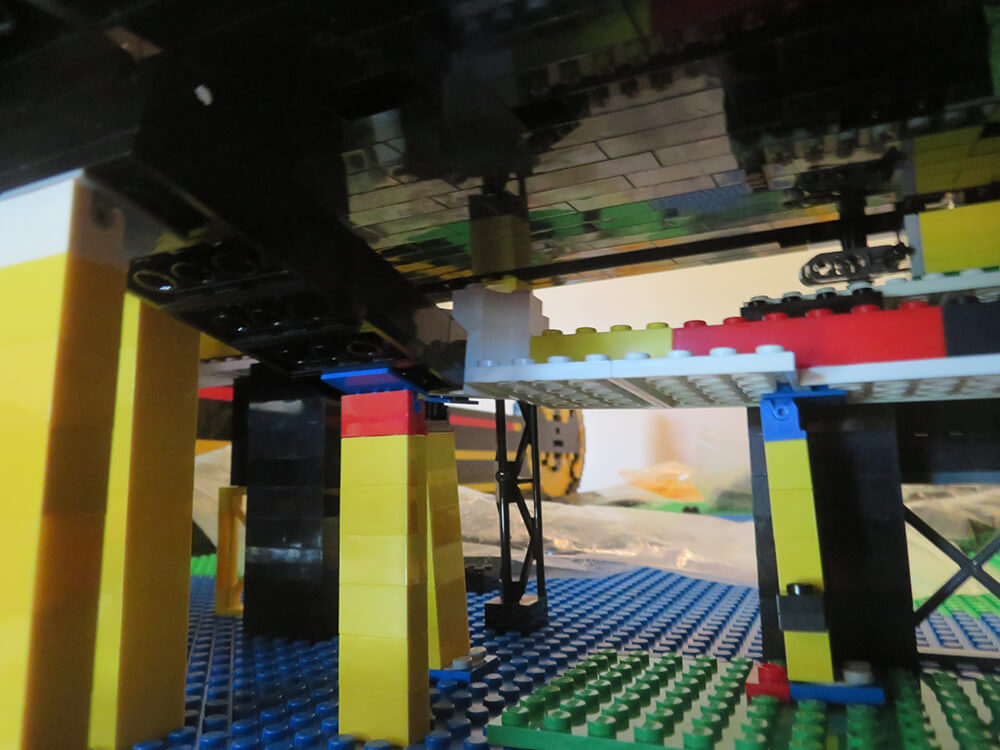
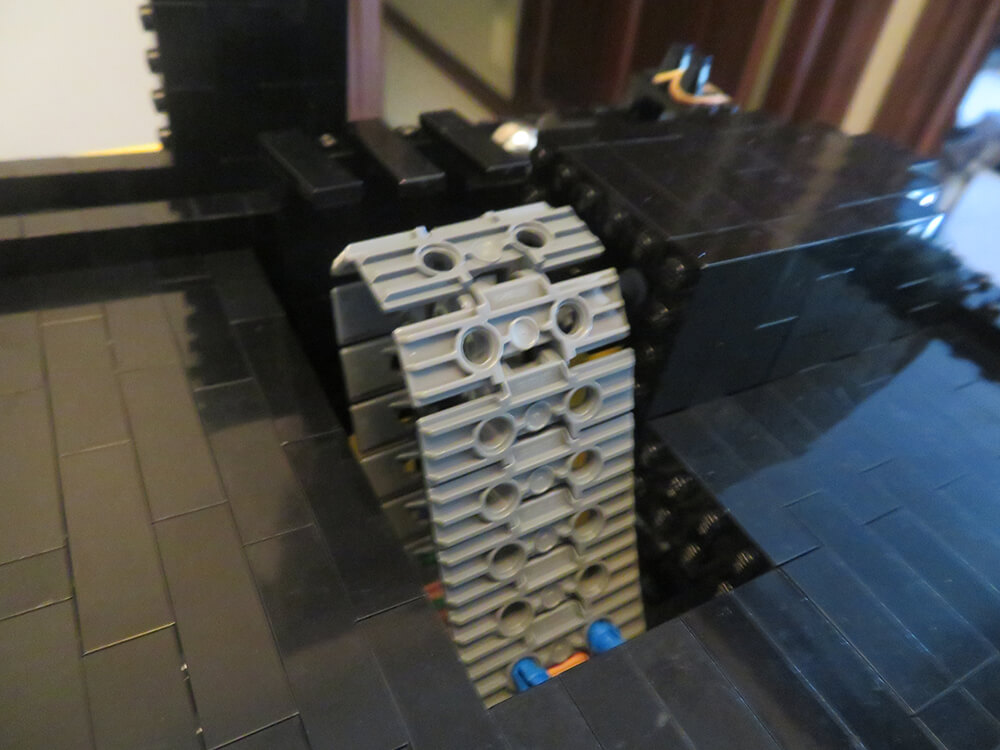
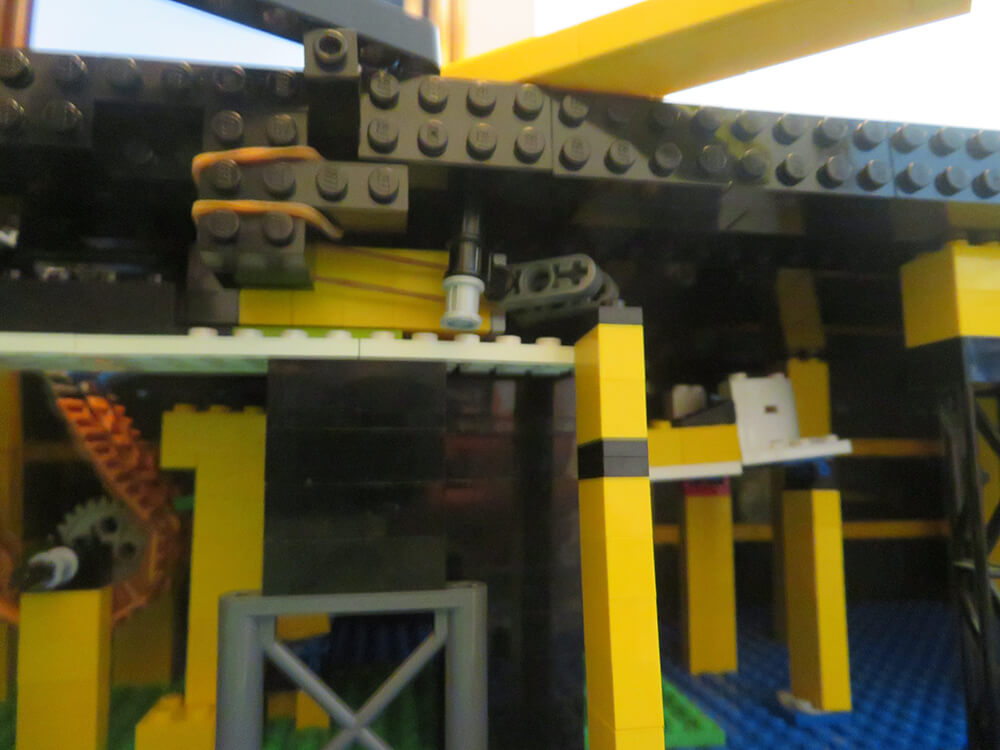
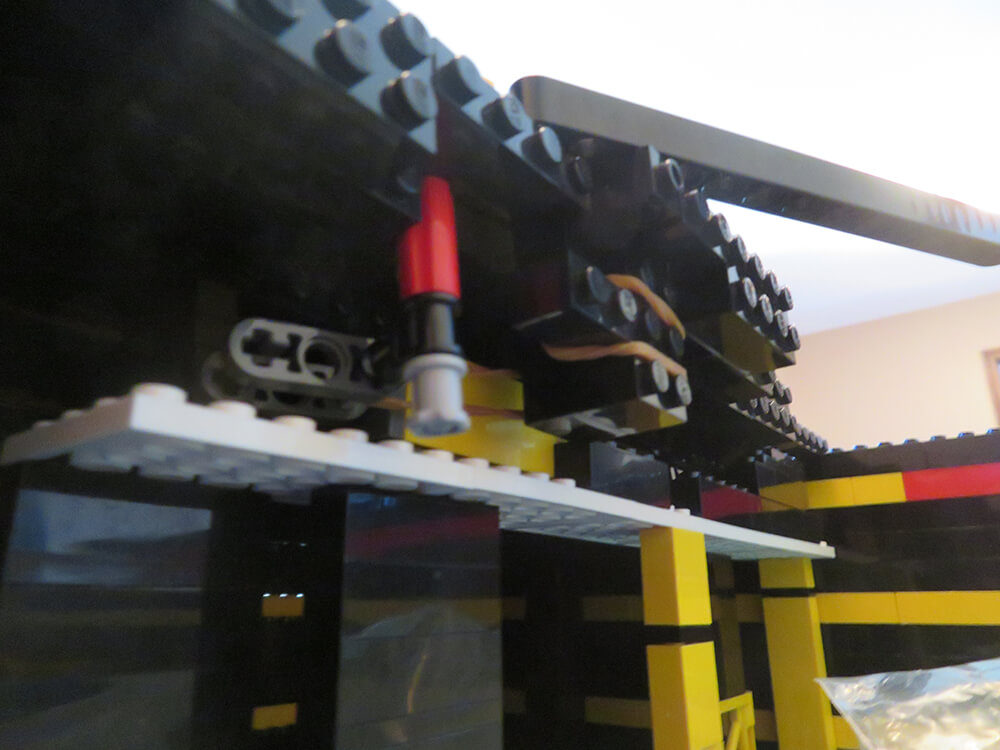
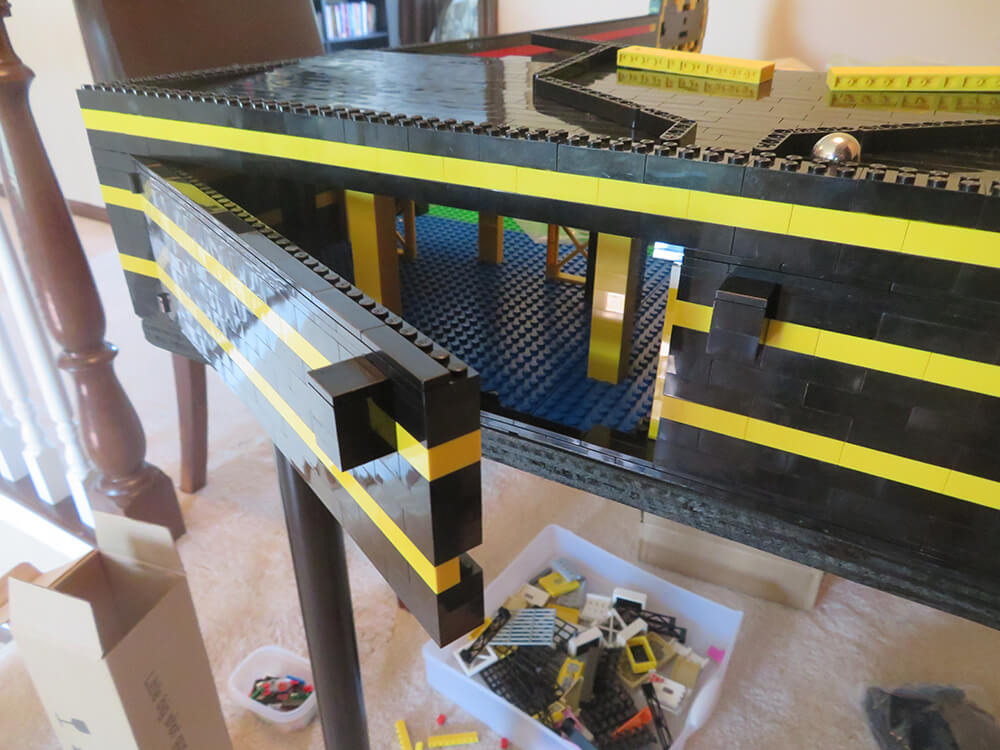
Here is a showcase of the largest fully-custom LEGO project I have ever created: a life size, fully operational, LEGO Batman Pinball Machine. I started the project in July of 2018, and experienced the struggles and joy of building such a large creation. The build features working spring-activated flippers, a motorized ball return, rubber band plunger, all 39 LEGO Batman Movie Villains, custom motorized traps and obstacles, and a timer to track high scores on the leaderboard.
The building process for my life size Pinball Machine started with the design and planning stage. I laid out baseplates in the size and shape of a machine after measuring real machines in order to get the most accurate dimensions. I drew up a life-size sketch of the playfield layout, including the locations of obstacles, villains, and motors.
During my initial analysis, I determined that that a table constructed solely of LEGO blocks was not going to be able to support the weight of the machine. I identified wood as the next best option. I purchased a custom-cut piece of ¾ inch wood, two cans on black spray paint, and 4 table legs.
Before any real building could begin, I needed to prep the table in order to make sure it looked and felt aesthetically and functionally correct. The first step was to sand the wood to smooth out the faces and edges for a professional finish. Next, I spray painted the bottom and sides of the table black, as that would be the main color for the machine. I built a prototype table with the scrap wood to ensure the legs fit properly into the wood. I then constructed the real table by attaching the legs and the base plates.
Once the table structure was built, the LEGO design process began. I created the walls of the machine with some internal supports, and built the playfield using the Studs-Not-On-Top (SNOT) Technique. I designed the plunger, hole with ball return, and flippers, which were the primary components of the machine.
After the main structure was created, real elements and obstacles started to make an appearance onto the playing surface. Using my initial sketch, I placed villains and traps, and constructed the playfield row-by-row.
As I neared the top of the machine, I built the back wall and marquee, which signaled the end of the board. On the back glass, I incorporated the Joker Manor roller coaster to give the machine another dynamic eye-catching element.
One of the main challenges I faced was getting the motorized elements to work on a consistent basis. The ball return proved to be a large roadblock because I was running the motor straight from the battery box, with no initial way to slow it down. The ball launched too high or became stuck in the machine, which led me to explore the option of an IR Receiver. I plugged the motor into the IR Box, then the battery box, using a speed controller to slow the conveyor down to the appropriate speed.
Another challenge was managing and accessing space. Since the table couldn’t be disassembled, I needed to keep all the pieces right next to it as I was building, which limited the amount of room I had to work on the cabinet from each angle. I also had to ensure that the mechanical elements were easily accessible under the playing field so any necessary adjustments could be made without having to disassemble the machine.
One of the most important takeaways I had from building the pinball machine was the fact that design and planning are crucial, but should be flexible. Many elements of the machine evolved throughout building process, from small minifigure placements to the complete removal and addition of motorized traps. I learned that changing plans isn’t a bad thing, and can actually lead to greater opportunities for improvement. Another key insight I now have is that taking a step back from a big project is a good thing, as it gives you time to think and reconsider the direction you’re heading, which helped me reset my goals on multiple occasions.
Designing and building a life size Pinball Machine out of LEGO was a gargantuan task, but an energizing and enjoyable one nonetheless. I loved mentally storyboarding the placement of villains onto the machine, and coming up with how motorized elements would function during play. This was an awesome project, and I am overjoyed with the result!

